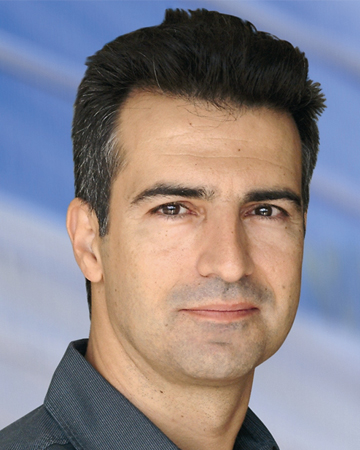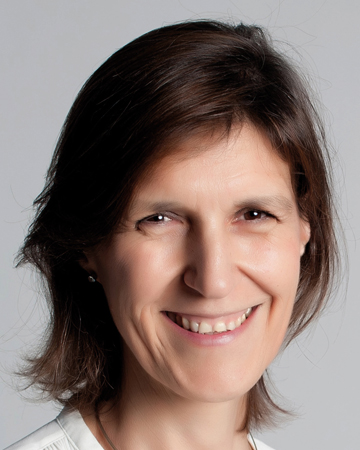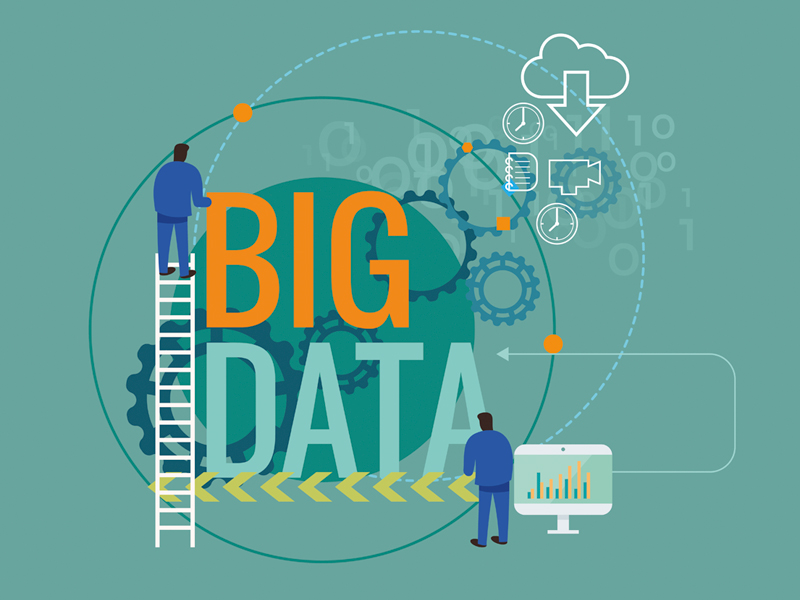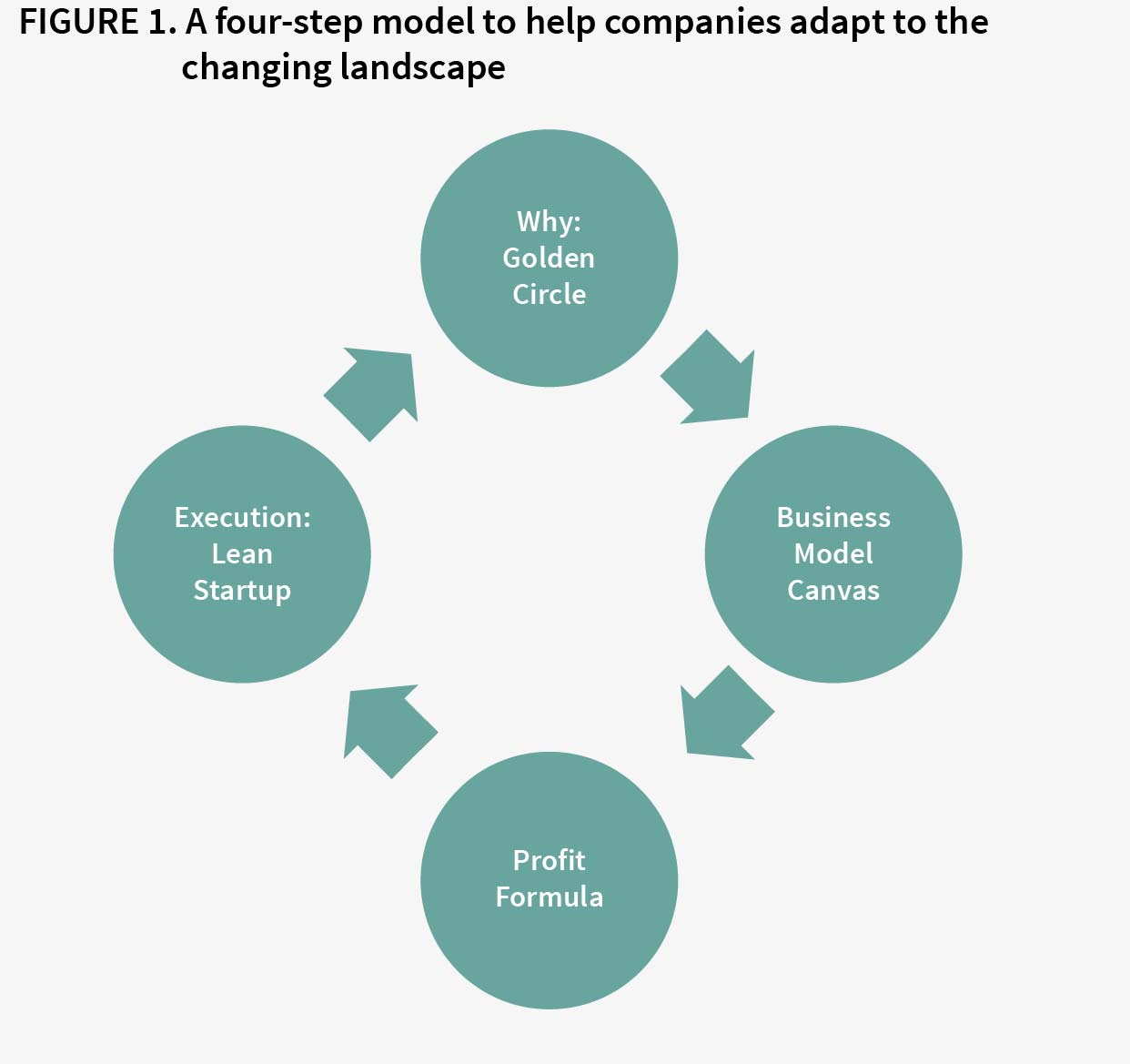By Carlos Cordón and Teresa Ferreiro
Traditional businesses know that if they want to survive the digital revolution, they need to make changes, but where should they start? Companies need to formulate new questions and test different options until they find what really works.
How can big data save a traditional company from certain death after it has suffered a 90% drop in profits?
This is the situation that Mediq faced in 2012. The company is a major drug retailer and distributor of pharmaceutical products from its warehouses and its network of 200+ pharmacies in the Netherlands. In 2012 the government modified the regulation related to pharmaceutical compensation: instead of being compensated from the markup on a product’s wholesale price, pharmacies received a fixed fee per product sold. This change resulted in an immediate 90% drop in Mediq’s profits. In order to survive, the company had to reinvent itself. It did so using big data.
Mediq’s solution was to harness the massive amount of patient information it had collected over the years. While it had not considered exploiting this information before the “big crash,” doing so now meant that Mediq had to completely change its focus and the way it functioned. The journey started from scratch with the company going back to its core to review its mission in order to embed digital into its genes and rebuild itself on solid foundations. The top management team explored and tested different options (explained later) until it reached a workable solution. Thus, Mediq’s main mission changed from packaging and distributing medicines and medical supplies to taking care of patients. The health care company placed the patient, rather than medicines, at its centre. Improving the quality of patients’ lives and avoiding unnecessary hospitalisations now drove the company’s activities. Without the huge amount of patient data to which the company had access, this would not have been possible.
The next step was to turn this great idea into a profitable new business model. Mediq used big data to estimate the annual hospital admissions due to medication misuse for each patient as well as the total cost that this represented for insurance companies. By tracking its customers’ medical treatments and offering advice, Mediq could reduce the number of these cases and the associated costs. The company approached insurance companies and convinced them to split the savings that Mediq’s new model could achieve. Once the new business model was operational, the earnings accounted for half of Mediq’s total profits.
[ms-protect-content id=”9932″]
Traditional business models? Those days are gone
Mediq’s business model revamp corresponds to what Zuora’s CEO, Tien Tzuo, told Fortune Magazine in 2015:
Let’s look at how business has been taught for the past 100 years. It is a truth universally acknowledged that the fundamental goal of business is to create a hit product. You then sell as many units of that product, thereby spreading your fixed costs over as many units as you can, and you compete on margins. Well, in my opinion that’s all worthless. Those days are gone.1
Before reinventing itself, Mediq’s profits came solely from the traditional model that generated higher profits by selling more medicine. By working with its ecosystem – a network of organisations, including suppliers, distributors, manufacturers and so forth that compete and collaborate with one another – and experimenting with different strategies, Mediq created an opportunity: catering to its patients. Many other organisations are increasingly following this trend, exploring their business ecosystems to approach their strategies from a different angle.
Starting the big data journey: Where does your company stand?
To harness the power of big data, companies first need to understand to what extent they will need to implement it. Before a company starts the digital journey, its management team has to explore and test the scope of change by experimenting with different ideas with an open mind and later tracking the impact to see where they are headed.
During a recent workshop with the C-suite of a multinational organisation, the main concern of the top 11 executives in the room was to align their understanding of digitalisation and big data. They considered this to be a mandatory step before moving on to agree on a common strategy. Throughout the two-day workshop, they acknowledged that each of them had a different idea about how to incorporate digital into the company’s global strategy. They agreed to start testing some of the ideas and let others temporarily rest.
Four Steps for Embarking on the Digital Journey
To navigate the big data tsunami, executives will have to ‘unlearn’ old models that are based on stable industries and focus on new business tools that are adapted to managing ecosystems. Our research shows that the top teams that are succeeding in this journey have followed these four steps (see figure 1 below):
1. Why does the company exist?
2. What will its business model look like in the big data era?
3. What is its profit formula?
4. How should the strategy be executed?
1. Why does my company exist?
The first task is to allow new views about the purpose of the company to surface. A very useful framework is the one developed by Simon Sinek.2 His “Golden Circle” helps companies define their purpose by shifting their focus from the traditional WHAT they do to WHY they do it.
Sinek maintains that today’s consumers care more about the reason a company is doing something and its purpose than about the type of product or service it sells. Consumers want to feel engaged with what they are purchasing – they want the act of buying to become a complete and fulfilling experience. The only way for companies to satisfy that wish is to tell consumers WHY they are doing what they do.
When Mediq lost 90% of its revenue source, it had to think about its purpose. This journey led to it rethinking its operations and how it makes money. It took its cue from the fact that 19,000 hospitalisations per year in the Netherlands could be avoided if patients took the right medication in the right way. This represented around €85 million in potential savings. By placing the patient at the centre of its WHY, Mediq switched from being industry-driven to being socially driven.
2. What will my company business model look like in the big data era?
Having articulated the company’s WHY, the next step is to visualise and synthesise the company and its ecosystem. A useful framework for doing this is Osterwalder’s Business Model Canvas,3 which gives a view of the company as a whole and connects all the dots around it.
This canvas is particularly useful for understanding the business in a holistic way. Driven by the need to understand it at a glance, we have adapted the Business Model Canvas by reducing the number of boxes to three and adding the profit formula – a concept that was first proposed by Johnson.4
This revised canvas is grouped into three sections (see figure 2 below):
1. Key elements:
• Resources are the main assets the business model requires: the team, the factory, the brands, intellectual property, etc.
• Partners are companies that the organisation works with and interacts with to deliver its products or services.
• Processes are the ways in which the organisation develops and delivers its products or services – from idea to market, need to fulfillment, insight to service, etc.
2. The customer value proposition, which includes the value that a company brings to the market as well as all the elements that relate to communication, customer segmentation and the relationship with partners.
3. The profit formula, which synthesises the way the company makes money, based on key indicators (the revenue stream, pricing and the cost structure).
3. What is a profit formula?
Traditionally, companies that manufactured physical products used cost accounting to work out their margins. Their profit formula was simple. The key levers were the margins of the products or services, the quantity sold and the utilisation of the assets. Today things are not so straightforward.
Going back to Mediq’s example, before the company reinvented itself, its income came from its margins on the medicines and medical devices it sold. The shift in its purpose and business model fundamentally transformed its profit formula from a single traditional one to two new profit formulas. On the one hand, it earned fees on the medicines it sold. On the other hand, it earned income by keeping its clients healthy, since insurance companies paid Mediq based on the savings they achieved as a result the reduction in hospitalisations.
This example shows how companies can develop new profit formulas that are often based on outcomes rather than increasing sales.
4. How should the strategy be executed?
The last step of our framework is to implement the strategy in the most efficient way possible. The Lean Startup tool, which Eric Ries designed to help startups go to market, is a useful tool at this stage. Lean Startup is based on the idea that the initial product or service does not need to be perfect. This is the minimum viable product, a prototype that the company tests in the market to gauge users reactions. The key is to collect feedback from early adopters, learn from it and improve the product or service accordingly in a systemic way (similar to how traditional lean does experiments to learn and improve). Lean Startup is thus based on an ongoing experimentation, learning and adaptation cycle.
Big data is changing the game for big and small businesses alike. The benefits of embracing big data are far-ranging – from cost reduction to faster, better decision making, but perhaps the most interesting, as the Mediq example demonstrates, is that the big data revolution may trigger a complete company. The tools to help you successfully embrace it are readily available. So, what are you waiting for? It’s time to embark on the big data journey.
About the Authors
 Professor Carlos Cordón is the LEGO Professor of Strategy and Supply Chain Management at IMD business school in Lausanne, Switzerland, where he is also the director of the IMD Global Value Chain 2020 Research Center. The VC2020 was set up at IMD in 2011 to respond to some key questions that big corporations were asking about how value chains will transform in the future. During its first two years, it addressed the impact of seven trends on the future of the value chain. The learnings are summarised in the book The value chain shift: Seven future challenges facing top executives, edited by Carlos Cordón and Teresa Ferreiro, who are also two of the main contributors.
Professor Carlos Cordón is the LEGO Professor of Strategy and Supply Chain Management at IMD business school in Lausanne, Switzerland, where he is also the director of the IMD Global Value Chain 2020 Research Center. The VC2020 was set up at IMD in 2011 to respond to some key questions that big corporations were asking about how value chains will transform in the future. During its first two years, it addressed the impact of seven trends on the future of the value chain. The learnings are summarised in the book The value chain shift: Seven future challenges facing top executives, edited by Carlos Cordón and Teresa Ferreiro, who are also two of the main contributors.
For the last two years, Professor Cordón has been conducting research on big data and how the digital revolution is affecting traditional businesses, specifically the value chain. The culmination of this research is the book Strategy is digital: How companies can use big data in the value chain, co-authored by Carlos Cordón, Teresa Ferreiro, Pau Garcia-Milà and Pablo Caballero.
 An award-winning finalist in the “2015 International Book Award,” Teresa Ferreiro is the project manager at the VC2020 Research Center and an active researcher. She is co-author of the book Strategy is digital: How companies can use big data in the value chain. She also contributed to and co-edited The value chain shift: Seven future challenges facing top executives, published in 2014.
An award-winning finalist in the “2015 International Book Award,” Teresa Ferreiro is the project manager at the VC2020 Research Center and an active researcher. She is co-author of the book Strategy is digital: How companies can use big data in the value chain. She also contributed to and co-edited The value chain shift: Seven future challenges facing top executives, published in 2014.
Ferreiro has been leading projects since 2000. At Oracle Corp, she was responsible for developing a number of online communities. As an entrepreneur, she has set up an innovative experiential learning company in Spain. She has also helped other companies find their optimum go-to-market model.
Her experience with breast cancer led her to write a book sharing what she learned and, subsequently, to collaborate as a speaker in debates, conferences and conventions to convey the messages she supports and build analogies around them.
References
1. Tzuo, Tien. 2015. Why this CEO believes an MBA is worthless. Fortune. April 27. http://fortune.com/2015/04/27/tien-tzuo-starting-your-own-business/ (accessed September 28, 2015).
2. Sinek, Simon. 2009. Start with WHY. Porfolio and Penguin. See also Simon Sinek’s TED Talk, How great leaders inspire action, September 2009. https://www.ted.com/talks/simon_sinek_how_great_leaders_inspire_action (accessed November 26, 2015).
3. Osterwalder, Alexander and Yves Pigneur. 2010. Business Model Generation. A Handbook for Visionaries, Game Changers, and Challengers. John Wiley & Sons.
4. Johnson, Mark W., Clayton M. Christensen, and Henning Kagermann. 2008. Reinventing your business model. Harvard Business Review. December. https://hbr.org/2008/12/reinventing-your-business-model (accessed August 20, 2015).





























